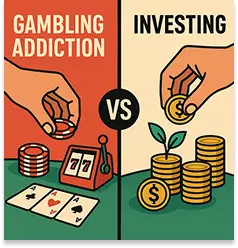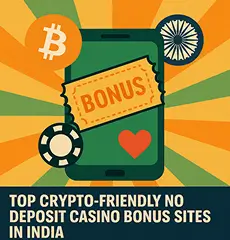In October 2008, an individual or group under the pseudonym Satoshi Nakamoto published a nine-page whitepaper titled “Bitcoin: A Peer-to-Peer Electronic Cash System.” This document laid out a novel solution to the double-spend problem without relying on a central authority, introducing the world to the first decentralized digital currency. Over fifteen years later, Bitcoin has evolved far beyond an experimental protocol into a global phenomenon, underpinning a vast ecosystem of crypto currency Kya Hai, blockchain innovation, and financial inclusion. This article explores Satoshi’s original vision, the early development of Bitcoin, key milestones in its adoption, the technical architecture that powers it, and how this humble experiment sparked the broader crypto globe movement.
Satoshi’s 2008 whitepaper was concise yet revolutionary. Its core proposals included:
This whitepaper answered the fundamental question often posed as crypto Kya Hai: how can you establish trustless digital money? By combining cryptography, economics, and game theory, Satoshi demonstrated that a decentralized network could achieve consensus and resist censorship.
On January 3, 2009, Satoshi mined the genesis block (Block 0), embedding the headline “The Times 03/Jan/2009 Chancellor on brink of second bailout for banks.” This served both as a timestamp and a political statement on monetary centralization. The first 50 BTC reward from this block remains unspendable, forever marking Bitcoin’s birth.
Early milestones:
During these initial months, mining could be done on a home computer’s CPU. Enthusiasts and cryptographers joined, experimenting with wallets, nodes, and transaction messages. The community formed around mailing lists and forums, discussing protocol tweaks and security.
Despite its technical success, Bitcoin lacked real-world utility until May 22, 2010, when Laszlo Hanyecz famously paid 10,000 BTC for two Papa John’s pizzas—a day now celebrated as Bitcoin Pizza Day. This barter proved that Bitcoin could function as a medium of exchange, even if its value then was negligible. It answered the follow-up to crypto currency Kya Hai by giving Bitcoin tangible purchasing power.
As Bitcoin’s network grew, so did concerns over transaction throughput and centralization risks. Key developments:
Through these challenges, Bitcoin’s core resilience strengthened, demonstrating the network’s capacity to adapt while preserving Satoshi’s original principles.
Bitcoin’s fixed supply cap of 21 million coins creates digital scarcity. Over time, this led many investors to regard BTC as “digital gold,” a hedge against inflation and currency debasement. Milestones in this transition include:
This economic narrative underscores the query crypto Kya Hai by positioning Bitcoin not just as digital cash but as a long-term store of value.
To address scaling and cost, developers introduced the Lightning Network, a layer-2 solution enabling instant, low-fee micropayments by opening payment channels off-chain. Meanwhile, regulators grapple with defining Bitcoin’s legal status—securities, commodities, or currency—impacting exchanges, institutional participation, and consumer protection.
Looking forward:
By continuing innovation while honoring Satoshi’s vision of a decentralized monetary system, Bitcoin’s trajectory from concept to global phenomenon exemplifies crypto background and ongoing evolution.








